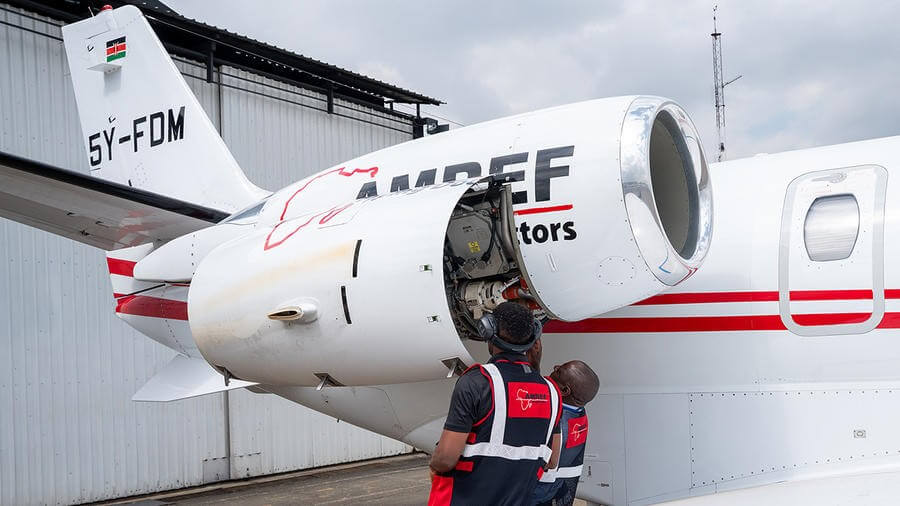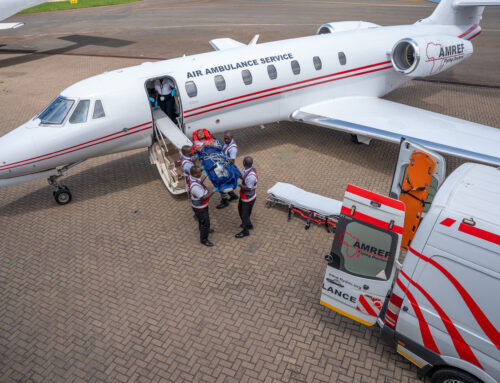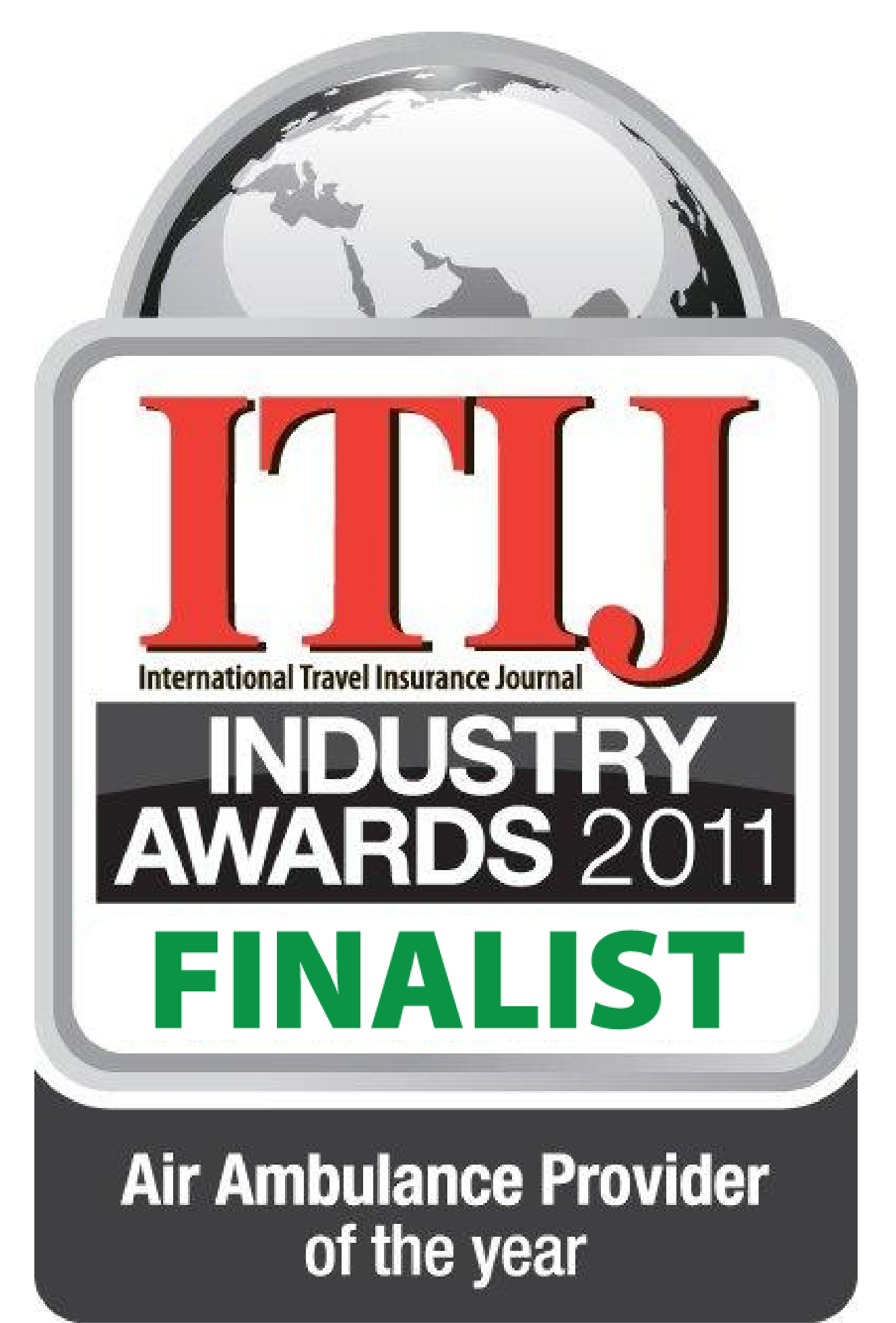With a fleet operating across continents, and a mission to provide critical care in the air, Leslie Ndundi Kapalla, an Avionics Engineer at AMREF Flying Doctors, tells us how the business brings decades of aero-medical experience to the forefront of emergency response
What are the biggest challenges in maintaining aircraft used for air ambulance operations?
Air ambulance operations are by nature unscheduled, meaning mission planning often evolves in real time. This makes aligning with our outsourced maintenance providers complex, as it requires not only flexible scheduling, but also personnel fluidity on the part of the approved maintenance organisations to adapt quickly to dynamic operational windows.
Additionally, resolving reported defects in remote or underserved areas can be a significant logistical hurdle. Any extended ground time has a direct impact on patient outcomes – timely technical support is not just important, it’s critical.
Since our jets operate across diverse environments and destinations, this variability makes it difficult to identify maintenance trends that would normally emerge under more consistent operational conditions.
What does it take to maintain an air ambulance fleet at optimal levels?
Maintaining optimal fleet performance
begins with strict compliance to both internal and regulatory maintenance standards. Our teams employ proactive and predictive maintenance strategies to minimise the risk
of unscheduled events.
We maintain partnerships with approved maintenance organisations (AMOs) in both Europe and Africa, ensuring rapid response capability even in remote locations. Strong coordination between our flight crew and ground staff also plays a key role in tracking and responding to emerging defect patterns.
Finally, strict adherence to our safety management system (SMS) and aviation human factors framework underpins our entire maintenance philosophy.
How does the availability of skilled aircraft maintenance engineers impact operations?
The availability of qualified engineers ensures minimal ground time during scheduled maintenance and rapid resolution of defects. In our line of work, where time is often critical, having access to skilled personnel directly contributes to mission readiness and seamless operations.
How does AMREF Flying Doctors ensure the reliability of its fleet?
Reliability is achieved through attention to detail. Every pilot-reported defect is treated with urgency, regardless of how minor it may seem. We also conduct regular analysis of engine and flight data to identify trends and address issues before they escalate.
To enhance diagnostic precision, we’ve invested in specialised equipment that allows us to inspect hard-to-reach components of the airframe and engines. Preventive maintenance and rigorous inspection routines are carried out to maintain safety and operational continuity.
Are spare parts readily available for air ambulance aircraft in Africa?
Not typically. The unique nature of our fleet and the high standards we adhere to mean that we procure most of our spare parts from Europe and the US. This is driven not only by fleet composition, but also by our commitment to sourcing parts that meet stringent quality assurance requirements.
What lessons can others in the air ambulance industry learn from your approach?
In our field, the mission is more than just a flight – it’s a lifeline. Our patients aren’t headed for business or leisure; they are in critical need of care. This makes our on-time performance and commitment to safety
non-negotiable.
Operating a reliable fleet with global reach requires forward-thinking maintenance strategies, skilled personnel, and strict procedural discipline. Thanks to this approach, AMREF Flying Doctors has not only earned a reputation for operational reliability, but continues to set the standard for aero-medical innovation across Africa and beyond – with successful long-haul evacuations to destinations as far as Melbourne, Beijing and the US.
At AMREF Flying Doctors, we understand that aircraft reliability is not just a technical requirement, it is a cornerstone of patient safety. Our commitment to rigorous maintenance practices, continuous improvement, and global partnerships ensures that we remain Africa’s leading provider of air ambulance services,
delivering life-saving care with every mission we undertake.
First Published: ITIJ Magazine | May 2025
Author: Leslie Ndundi
Editor: Jane W. Muthoni













Leave A Comment